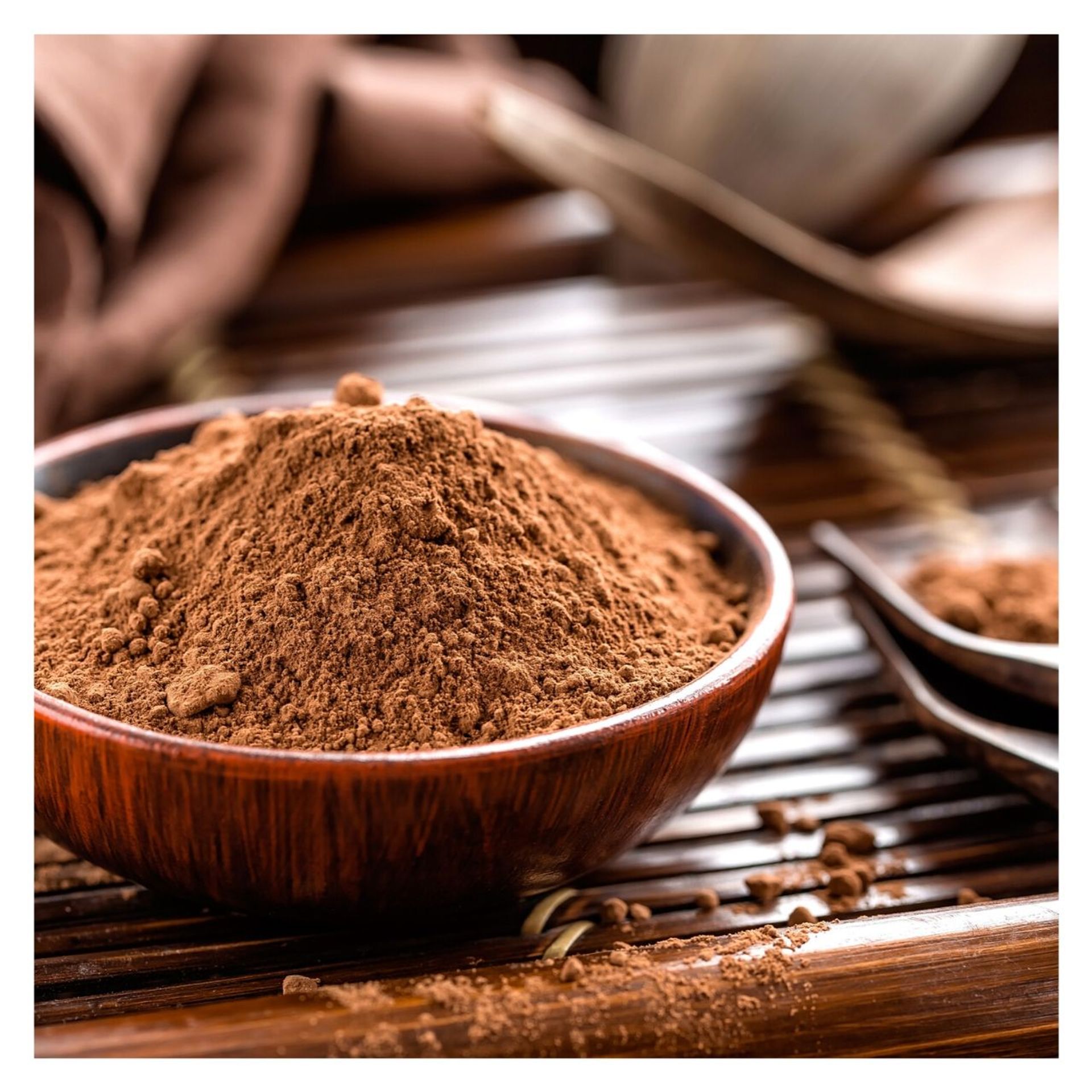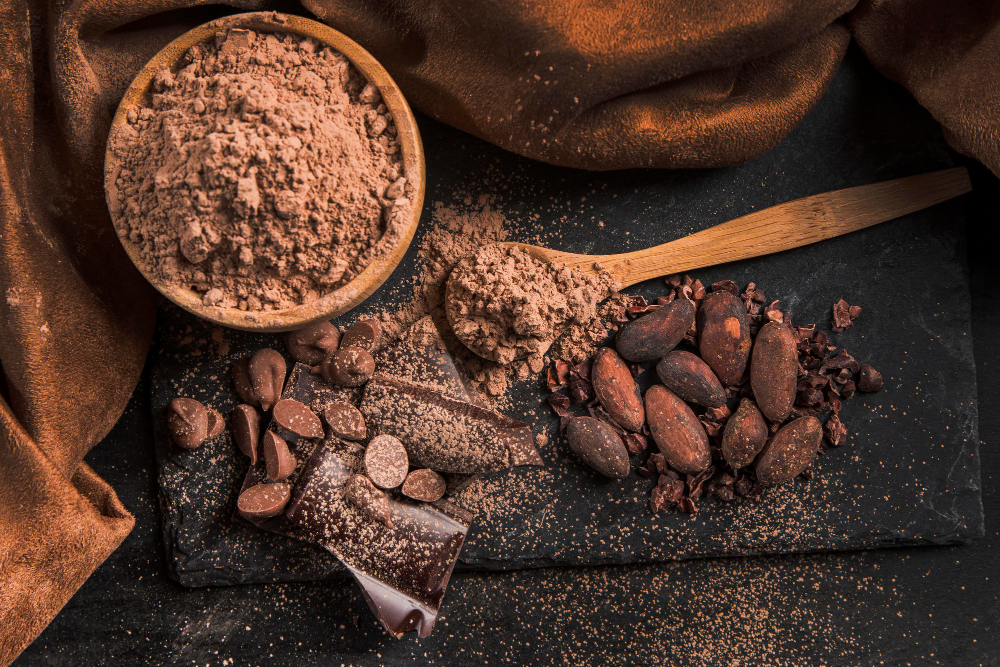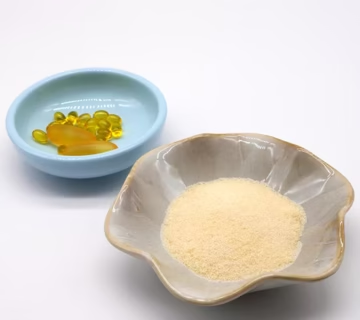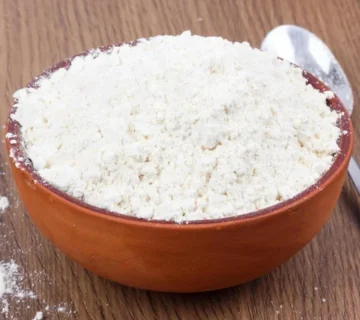When it comes to chocolate manufacturing, the quality of your cocoa powder can make or break both your production process and the end product. Whether you are producing chocolate bars, coatings, ganache, or confections, the cocoa powder you select influences texture, flavor, viscosity, and even shelf life. Yet sourcing high-quality cocoa powder in bulk is far from simple. Industrial chocolate manufacturers must consider fat content, alkalization, particle size, supplier reliability, and consistency—variables that directly affect both operational efficiency and product excellence.
In our experience supplying manufacturing facilities across multiple regions, we’ve seen firsthand that choosing the right cocoa powder supplier is more than a procurement decision—it’s a strategic move that ensures seamless operations, regulatory compliance, and consistent product quality. This guide provides a deep dive into everything chocolate manufacturers need to know about sourcing cocoa powder for chocolate manufacturing, including types and grades of cocoa, industrial benefits, supplier considerations, common pitfalls, actionable procurement strategies, and insights on premium brands like Latamarko.
Understanding Cocoa Powder in Chocolate Production
Cocoa powder is the dry, powdered form of roasted cocoa beans after most of the cocoa butter has been extracted. In chocolate manufacturing, it serves multiple purposes:
- Flavor: Provides the chocolate backbone for bars, fillings, and coatings.
- Color: Determines the final product’s visual appeal.
- Functionality: Influences viscosity, emulsification, and mixing behavior in chocolate formulations.
Types of Cocoa Powder
- Natural Cocoa Powder: Acidic, light brown, with strong chocolate notes. Commonly used in recipes where chemical leavening agents (like baking soda) are employed.
- Dutch-Processed Cocoa Powder: Alkalized, darker, smoother, and less acidic. Preferred in premium chocolate and confections for consistent flavor and appearance.
- Low-Fat vs. Standard-Fat Cocoa Powder: Fat content ranges between 10%–24%. Higher fat content improves mouthfeel and emulsification, while low-fat powders are often used for fillings or dry mixes.
Understanding these distinctions is crucial. Using the wrong type or grade can lead to poor tempering, uneven texture, or inconsistent flavor.
Benefits of High-Quality Cocoa Powder for Chocolate Manufacturers
Sourcing premium cocoa powder in bulk brings several advantages:
1. Batch-to-Batch Consistency
Reliable suppliers maintain uniform particle size, alkalization levels, and fat content. For chocolate manufacturers, this ensures predictable viscosity, easier tempering, and consistent taste.
2. Production Efficiency
High-quality cocoa integrates smoothly with conching, tempering, and molding processes. In our experience, factories using consistent cocoa powders experience fewer stoppages and lower machine wear.
3. Flavor Excellence
Chocolate consumers are increasingly discerning. Using cocoa powder with stable, rich flavor elevates end products, particularly in premium or export markets.
4. Regulatory and Certification Compliance
Reputable suppliers provide traceability, allergen documentation, and certifications (organic, fair trade, ISO, HACCP), facilitating domestic compliance and international export requirements.
5. Supplier Support and Technical Guidance
Experienced exporters advise on storage, blending, and processing—helping production teams optimize formulations and maintain consistent chocolate quality.
Industrial Considerations When Selecting a Cocoa Powder Supplier
Choosing a supplier requires careful evaluation:
| Factor | Importance | Industrial Insight |
|---|---|---|
| Certifications | Guarantees quality & compliance | Request ISO, HACCP, or Fair Trade certifications |
| Batch Consistency | Critical for chocolate texture & flavor | Perform pilot production tests |
| Supply Reliability | Prevents downtime | Evaluate delivery schedules, warehouse capacity, and past client references |
| Quality Tier | Impacts premium chocolate quality | Compare Latamarko or European options with standard bulk suppliers |
| Pricing & Contract Terms | Ensures cost-effectiveness | Negotiate volume discounts and long-term agreements |
At MT Royal, we supply manufacturers with a wide selection of brands, ensuring competitive pricing without compromising industrial-grade quality. We’ve seen chocolate producers benefit from suppliers who understand the nuances of bulk cocoa powder and the operational realities of large-scale production lines.
Common Pitfalls in Cocoa Powder Procurement
Even experienced production managers can encounter issues:
- Ignoring fat content variations: Affects tempering and mouthfeel.
- Overlooking particle size: Fine particles improve smoothness; coarse particles can cause gritty textures.
- Focusing solely on cost: Cheaper powders may compromise traceability, flavor, or batch consistency.
- Assuming all cocoa powders are interchangeable: Industrial chocolate production requires specific alkalization levels and fat percentages for tempering and molding.
Pro Tip: Always request Certificates of Analysis (CoA) for each batch. Small verification steps prevent major production delays and ensure consistent quality.
Step-by-Step Procurement Guide for Chocolate Manufacturers
Step 1: Identify Production Requirements
Define applications (bars, coatings, fillings) and determine necessary specifications: fat content, alkalization, flavor profile, and particle size.
Step 2: Shortlist Reliable Suppliers
Evaluate experience, certifications, delivery reliability, and consistency. Premium European suppliers, especially Spanish-origin Latamarko, often excel in stability and flavor.
Step 3: Conduct Pilot Testing
Before bulk orders, test small batches for mixing behavior, viscosity, and flavor stability.
Step 4: Negotiate Terms
Agree on lead times, shipment schedules, volume discounts, and contingency plans for supply disruptions.
Step 5: Implement Proper Storage Protocols
Store cocoa powder in cool, dry, and odor-free environments. Use food-grade, sealed containers to maintain quality.
Step 6: Monitor & Audit Quality
Random batch inspections, CoA verification, and open communication with suppliers ensure continuous production quality.
Industrial Advantages of Premium Cocoa Suppliers
Partnering with high-quality suppliers delivers operational benefits beyond ingredient supply:
- Transparent supply chain: Traceability simplifies audits and compliance.
- Technical support: Guidance on storage, blending, and chocolate formulations.
- Cost efficiency: Long-term contracts reduce cost-per-unit and minimize waste.
- Reduced downtime: Reliable delivery schedules prevent production halts.
Premium suppliers, particularly Latamarko, offer consistency and flavor stability that standard bulk powders cannot match—critical for high-end chocolate products.
Real-Life Example from Chocolate Manufacturing
A mid-sized European chocolate manufacturer struggled with inconsistent cocoa powder, affecting tempering and final product texture. By switching to a certified exporter offering Latamarko premium cocoa:
- Tempering became uniform across batches
- Viscosity and texture consistency improved
- Production downtime decreased
This highlights how strategic sourcing can directly impact operational efficiency, product quality, and profitability.
Comparison Table: Standard vs. Premium Cocoa Powder
| Feature | Standard Bulk | Premium (Latamarko/European) | Industrial Impact |
|---|---|---|---|
| Batch consistency | Moderate | High | Ensures smooth chocolate and uniform flavor |
| Flavor profile | Basic | Rich, nuanced | Elevates premium chocolate products |
| Certification | Basic | Traceable & certified | Facilitates export and compliance |
| Price per ton | Lower | Higher | Justified for premium chocolate lines |
| Supply reliability | Average | High | Reduces risk of production downtime |
| Technical support | Limited | Available | Optimizes chocolate processing |
FAQs from Chocolate Production Managers
Q1: How should cocoa powder be stored?
A: Maintain 18–22°C, <50% humidity, in odor-free sealed containers.
Q2: How to ensure batch-to-batch consistency?
A: Request CoA, perform pilot tests, and maintain long-term supplier partnerships.
Q3: Can powders from multiple suppliers be blended?
A: Only after testing. Differences in alkalization, fat, and particle size can affect chocolate properties.
Q4: Which certifications are essential?
A: ISO, HACCP, Fair Trade, or organic certifications depending on local and international requirements.
Strategic Considerations for Large-Scale Chocolate Production
- Inventory planning: Align bulk orders with production cycles.
- Quality assurance: Random inspections and CoA verification.
- Supplier diversification: Maintain multiple certified suppliers to mitigate risks.
- Sustainability reporting: Incorporate supplier ESG practices for brand credibility.
Closing Reflection
Selecting the right cocoa powder for chocolate manufacturing is more than a procurement task—it’s a strategic decision that affects flavor, consistency, operational efficiency, and brand reputation. By partnering with trusted suppliers like MT Royal, and leveraging premium brands such as Latamarko, chocolate manufacturers gain reliable supply, technical support, and consistent quality for even the most demanding production lines.
In chocolate production, small differences in ingredients can create a major impact on the final product. Cocoa powder may seem like a commodity, but for factories, it is a critical asset that shapes the taste, texture, and success of your chocolate.
latamarko alkalized cocoa powder lm60
cocoa powder for chocolate production-Best price
Food industry raw materials – list of products
Types of Gelatin from Turkish Manufacturer
Alkalized Cocoa Powder Bulk Supplier







No comment